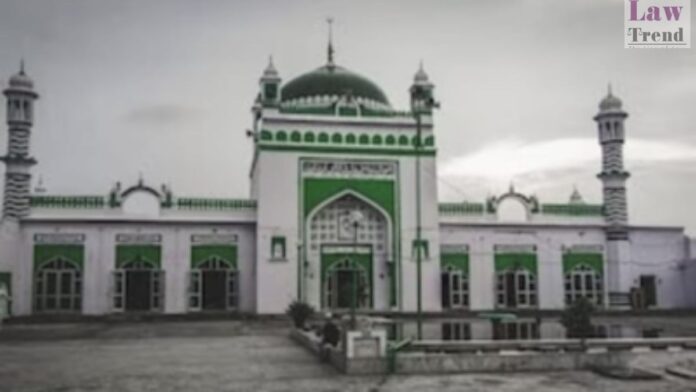The Supreme Court on Tuesday dismissed a plea against the Allahabad High Court’s decision to whitewash the Mughal-era Jama Masjid located in Sambhal district, Uttar Pradesh. The High Court had directed the Archaeological Survey of India (ASI) to complete the whitewashing within a week, a decision that was contested by appellant Satish Kumar Aggarwal.
Chief Justice Sanjiv Khanna and Justice Sanjay Kumar stated succinctly, “We are not inclined to entertain the present petition. Dismissed.” This dismissal effectively upholds the High Court’s directive, which included specific instructions on how the whitewashing should be carried out to avoid potential damage to the monument.
During the High Court proceedings, Justice Rohit Ranjan Agarwal ordered that the ASI shall not only perform the whitewashing but also ensure that no extra lighting, which might damage the monument, is installed on the walls. However, he permitted the use of exterior focus lights or LED lights for illuminating the mosque’s outer area.
The financial responsibility for this preservation effort was assigned to the Masjid Committee, which was ordered by the High Court to reimburse the expenses incurred by the ASI within a week following the completion of the whitewashing.
Lawyer Barun Sinha, representing Aggarwal, challenged the High Court’s order, arguing that the ASI was inappropriately tasked with the whitewashing of the mosque’s wall. This plea highlighted concerns about the potential impact of such work on the historic structure. However, the High Court had previously requested the ASI’s counsel to articulate any specific prejudices that the whitewashing of the mosque’s outer walls would cause, implying that the preservation work was unlikely to harm the structure.







